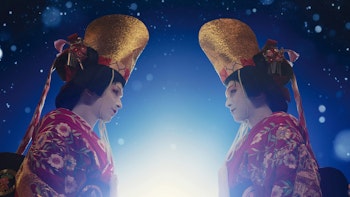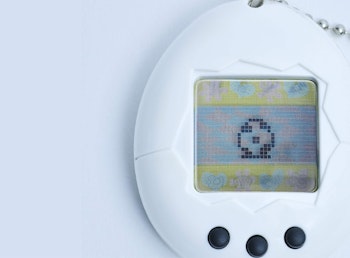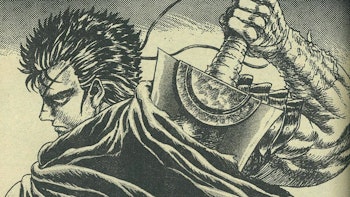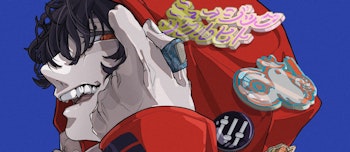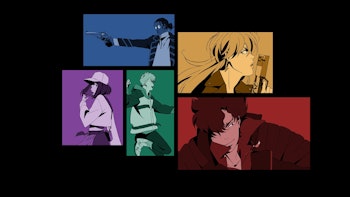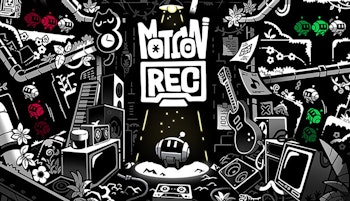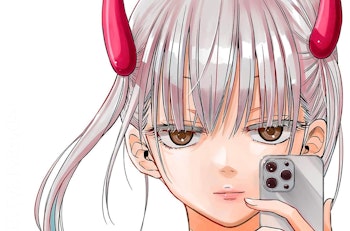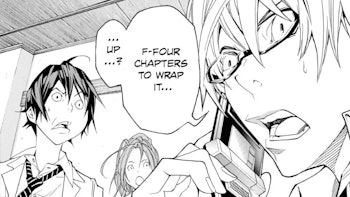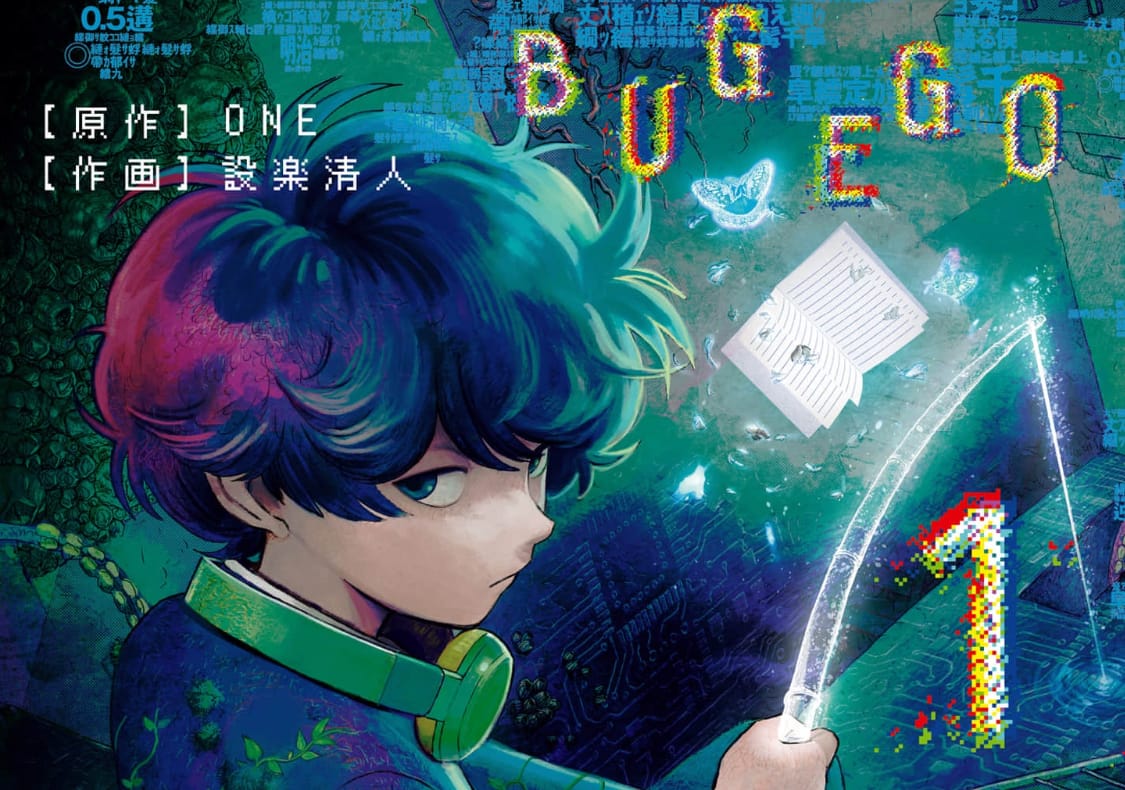
A stone left unturned. A hair out of place. What if the smallest, seemingly inconsequential actions could change the very fabric of reality in bizarre and fantastic ways? That might sound exciting, but Bug Ego shows just how terrifying the consequences might be.
Horror has always played a part in the stories of ONE. In One Punch Man, it was the anxiety of facing up against seemingly invincible opponents, whereas Mob Psycho 100 centered around the explosive instability of its main character. Even so, neither of these series hold a candle to the oppressive atmosphere of Bug Ego, currently serialized in Shueisha’s Ultra Jump since October 2024.
One day, while walking home from school, Takehiro Kokudou comes across a battered old notebook. Aside from a strange sticker on the front, nothing seems to stand out about it, but he decides to take it home anyway. Perhaps it was fate that guided his hand that day, for contained inside just so happened to be a series of handwritten notes detailing bizarre “hacks” that can influence the world by carrying out a series of seemingly unrelated actions in a specific order.
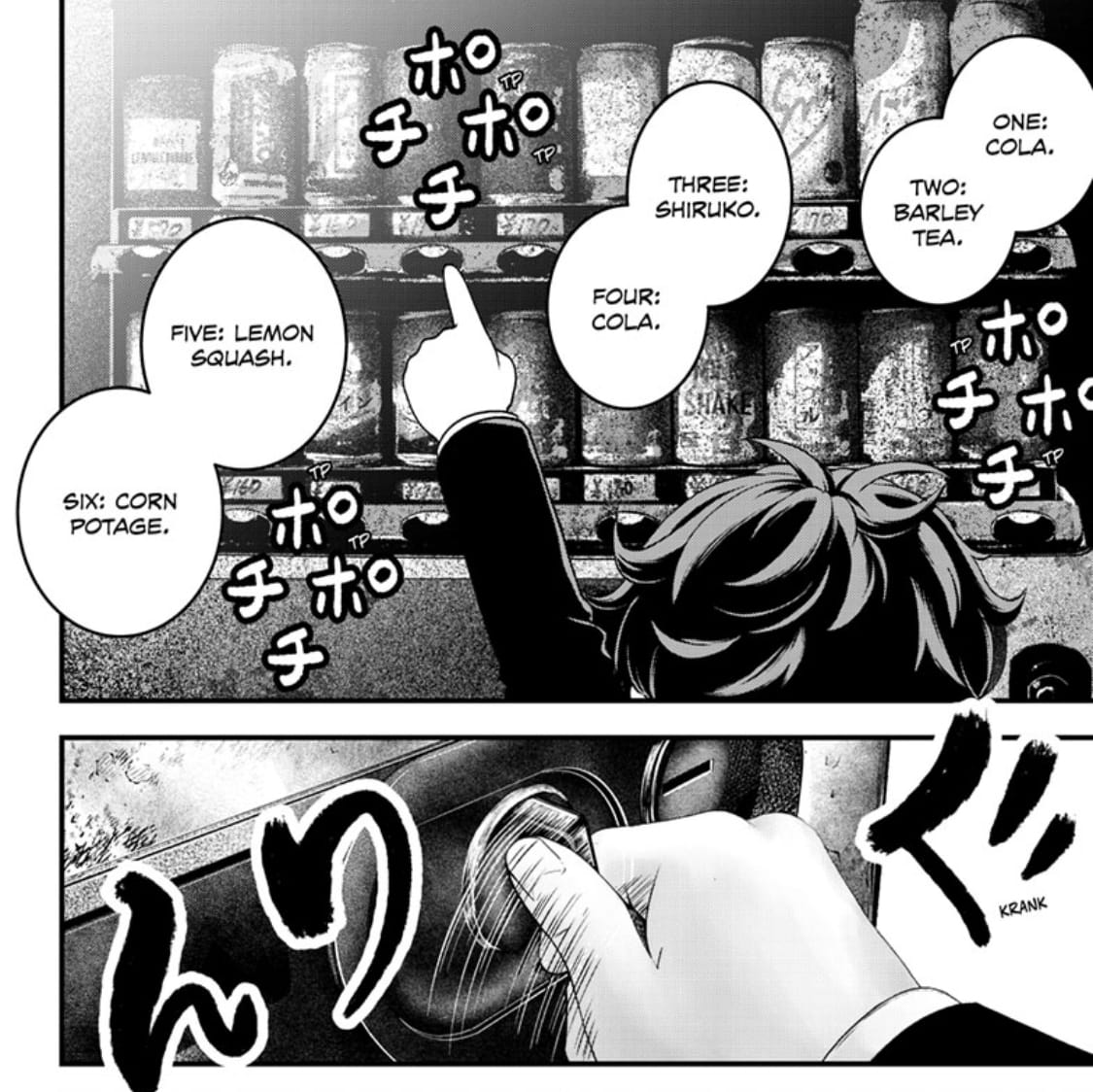
The story doesn’t really start, however, until Takehiro decides to tell his classmate Makoto Hitsujiya about them. Having been bullied all throughout middle school, Makoto has his own set of tricks to win friends and influence people, but Takehiro’s hacks unlock a whole new level of manipulation. In particular, the hack that takes up the majority of the first chapter is one that allows the user to travel back in time after performing a bizarre dance on the soccer field during a solar eclipse while stark naked.
Although Takehiro managed to pull this off and net a perfect score on a test by memorizing the answers beforehand, Makoto gets the moves wrong and just ends up embarrassing himself. What follows is an incredibly dark tale about how this one incident set Makoto on the course to becoming a shut-in and eventually even homeless, resorting to going through trash cans for food. It’s only when he reunites with Takehiro again some forty years later that he’s able to learn how to do the hack correctly, sending him right back to where the chapter first started.
When presented as a narrative, this story might seem rather straightforward, but it’s hard to overestimate the bizarre atmosphere that prevails throughout. Despite starting off relatively lighthearted as Makoto teaches Takehiro how to take a dump in peace, the sudden jump forward in time following the failed hack is entirely unexpected and completely changes the tone to something much more serious. What’s more, Takehiro is implied to have failed once again at the dance in the future, prompting the question of whether or not the whole episode was even real.
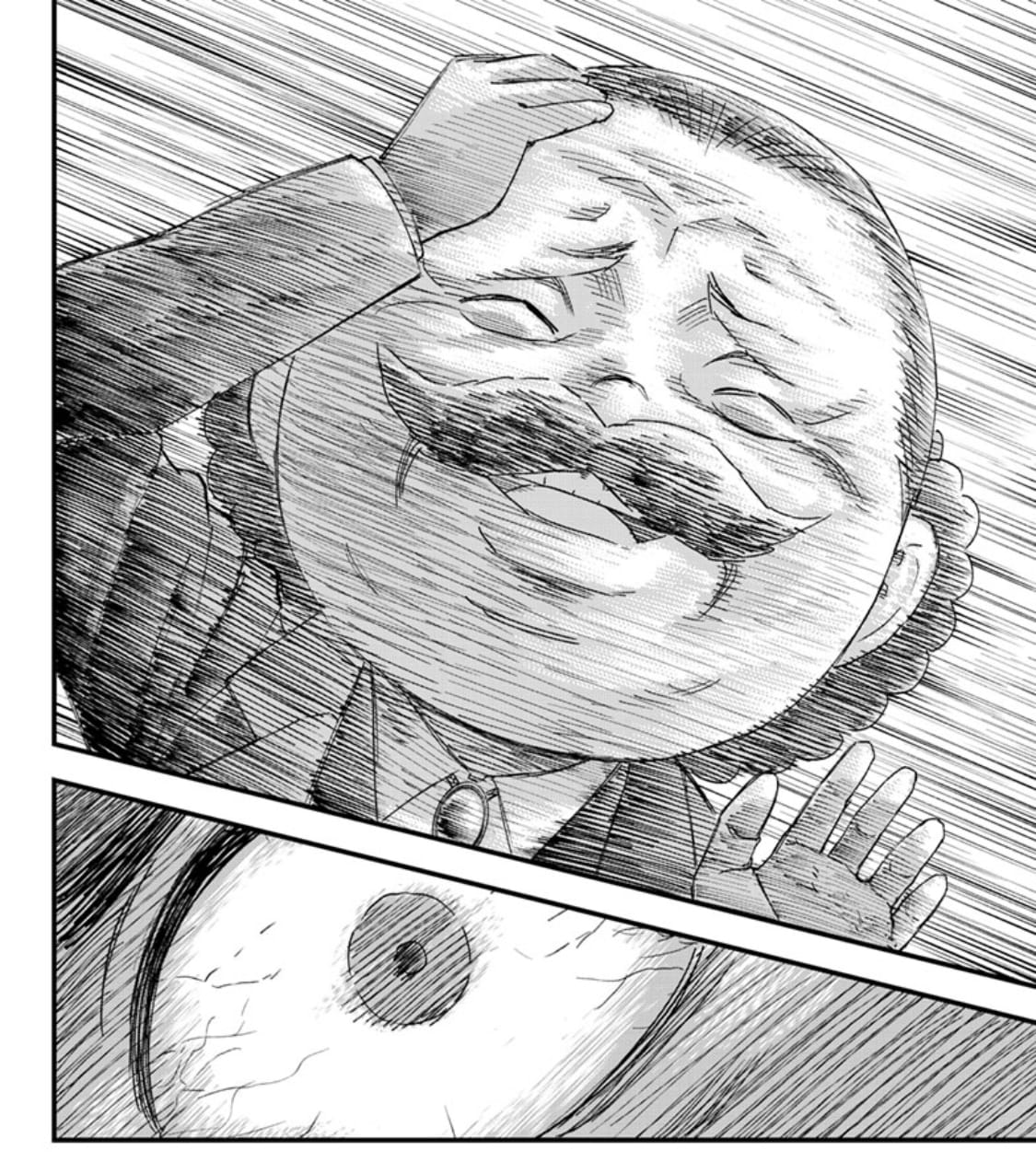
The correct word to describe Bug Ego didn’t click until the next chapter, where Takehiro and Makoto explore a hack to enter lucid dreams. By performing such actions as taking a bath before 10PM and reciting the words “I will switch” three times while looking at the sky, anyone can control the world of their subconscious, but Makoto ends up sharing Takehiro’s dream instead of having his own. As a result, both characters end up coming under attack by mysterious beings with strange powers, with Takehiro bearing the brunt of the punishment.
Like a vision seen in the hazy awareness of early morning, Bug Ego walks the fine line between pleasant dream and terrifying nightmare with reckless abandon. Another particularly memorable story unfolds over the next two chapters as Takehiro finds himself trapped in a mysterious wooden mask while a doppelgänger takes his place outside following an altercation with a school bully. It’s only by pretending to vacuum the floor with his mouth that his original soul is returned to his body, but the narrative makes it clear that there was every possibility that Takehiro would’ve been stuck in there forever.
As if the loose, dreamlike logic of ONE’s plots weren’t enough, then Kiyoto Shitara’s illustrations also play a large part in establishing the nightmarish flavor of the series. Putting aside Makoto’s character design, Shitara tends towards realism in his artwork, even tapping into hyper-realism when the story needs a particularly punchy moment. His use of light and shadow is also a particular highlight: the scene where Takehiro is tortured in the lucid dream is only made that much more terrifying by the fact that the mysterious assailants are almost hidden within the ink black background.
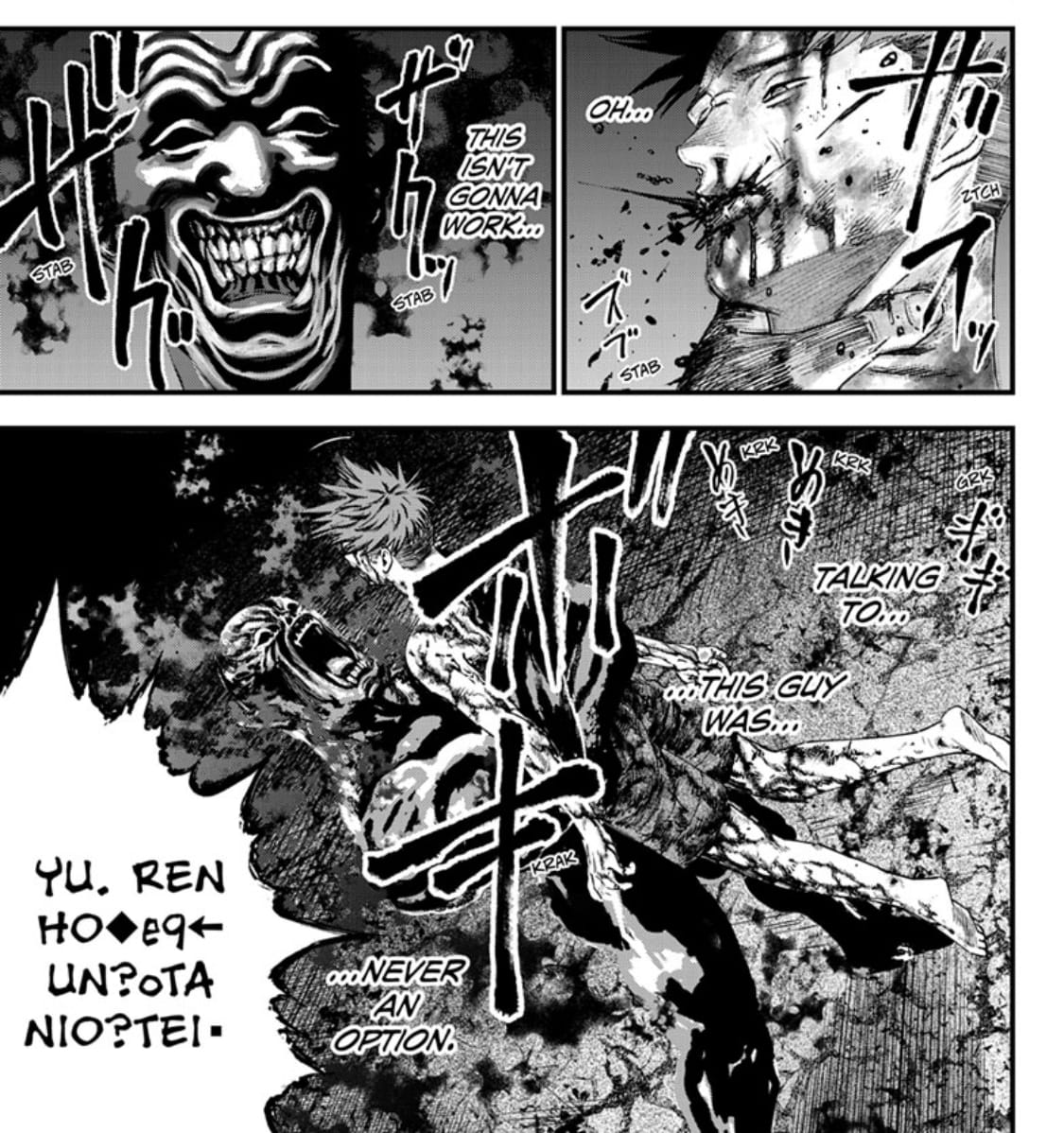
Given that Shitara has been active since at least 2015, the level of skill on display here is not exactly surprising. He already has two long-form serializations under his belt in the form of Katagi Modoshi and Shinobuna! Chiyo-chan, but his collaboration with ONE is bound to raise his profile even further. That can only be a good thing, because he’s clearly very talented.
For ONE, this series is also something of a turn towards left field. As mentioned, horror has always been an element in his previous works, but Bug Ego is the first time that it has been a major focus. In many ways, it feels like a natural evolution of the scenes from Mob Psycho 100 where Mob lost control of his powers, complete with a focus on dark shadows and absolute blacks.
That being said, a familiar approach appears to be rearing its head in some of the latest chapters. Following further experimentation with the hacks, Takehiro and Makoto end up forming a “walking club” at school to facilitate investigations into several important mysteries, as well as welcoming another character by the name of Yuki into their midst. Yuki, in turn, quickly finds a way to use the hacks in an offensive manner to protect Takehiro and Makoto from attacks by more mysterious enemies.
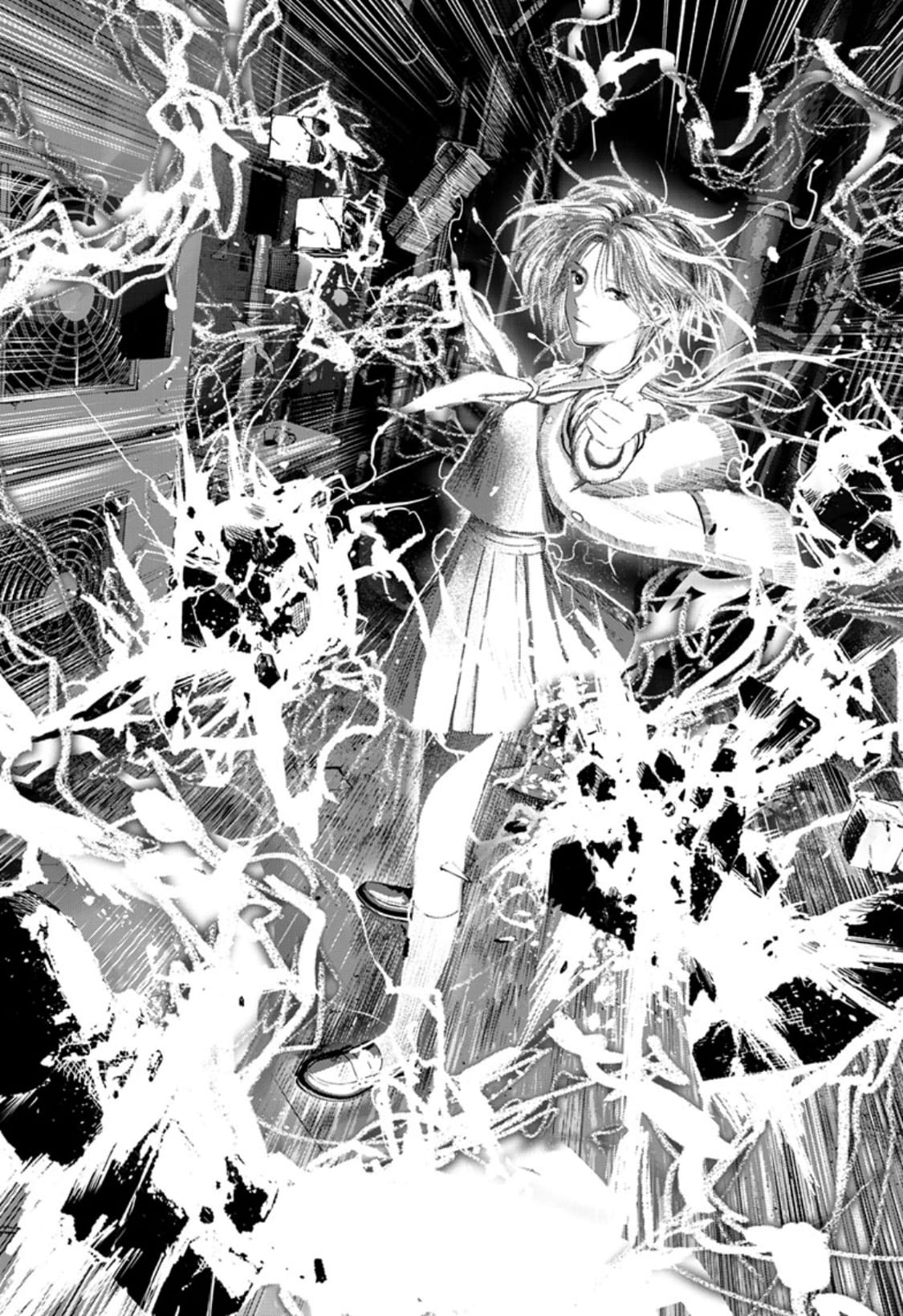
In this sense, Bug Ego now finds itself at a crossroads: will it maintain its focus on horror and the terror of the unknown, or will it become yet another supernatural action series? Perhaps there’s a way to do both without taking away from what made the early chapters so special, but only time will tell. For now, it’s at least worth dipping your toes in… just be careful if you do read at night.
You can read Bug Ego in English for free via VIZ Media’s Shonen Jump.

